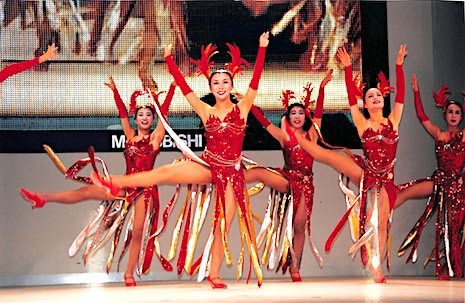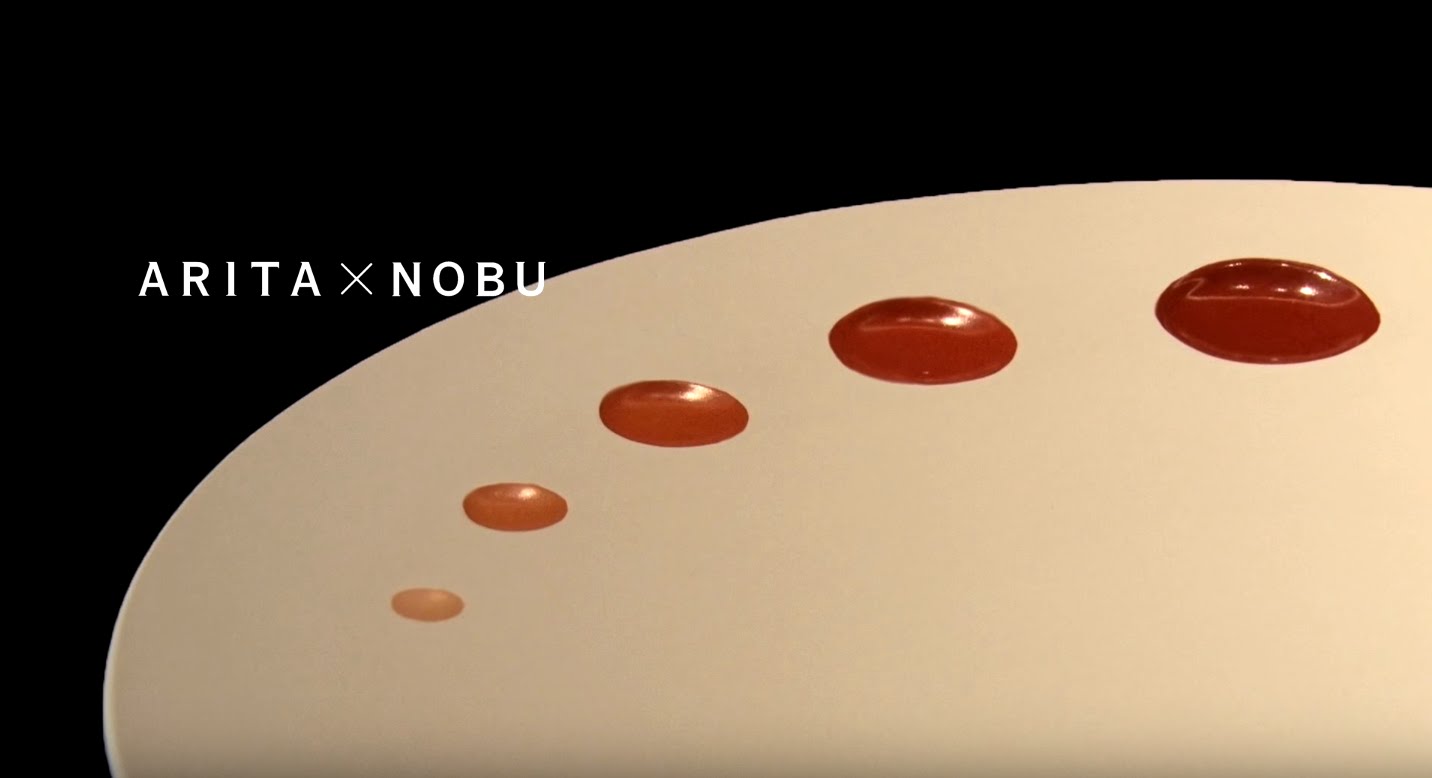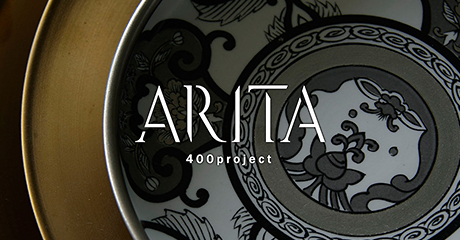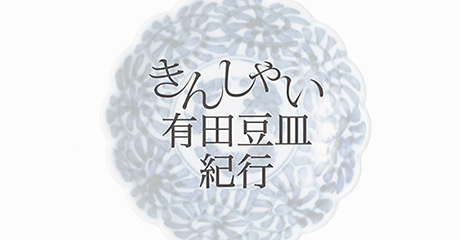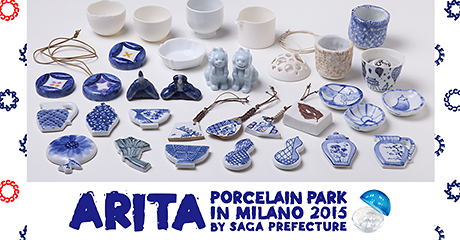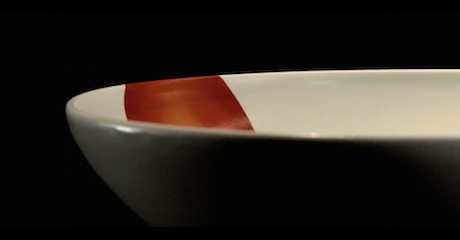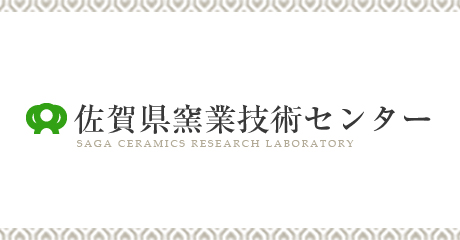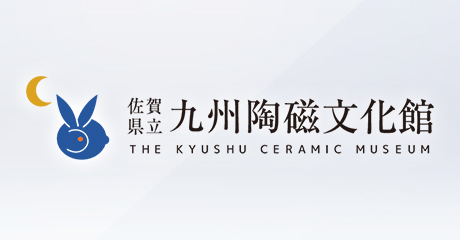1996: The World Ceramics Exposition in Saga: From making products to making communities
In December 2016, just as the numerous 400th anniversary celebration projects of Arita porcelain drew near to their end, over at the World Ceramics Exposition-Memorial Hall located in Arita Town, song and dance routines were being rehearsed. The performance is provisionally titled “Musical Osai 2017” and scheduled for October 2017. This musical is an exciting rework and modernization of a piece performed celebrating the World Ceramics Exposition in Saga in 1996.*1 Through this musical project, local people drawn from all generations will work together, experience the joy of performing, and be immersed in the wonderful history, arts, and culture of Arita.
The World Ceramics Exposition-Memorial Hall, the venue of the musical, and its vast 12-hectare park were constructed for the 1996 Exposition. The hall built in the baroque and rococo architectural styles has a convention hall with about 1,200 seats, a culture hall with 530 seats or so, and meeting rooms and a foyer, and since its completion has been used for a wide variety of events and cultural activities.
The Kaen (Flower Flame) sculpture by Taro Okamoto erected in the fountain square at the center of the park symbolizes the main theme of the 1996 exposition, “Afire with the Future.” The Japanese exposition title includes the character 焱 made up of three strokes 火 (fire), expressing the desire to keep three flames alight: “fire of people’s passion,” “fire for cultural creation,” and “fire for industrial development."*2
This 1996 exposition was inspired by a grand vision: “Creating an international exposition to reexamine the relations of people, nature, and technology, and to consider anew our ideals for the future.”*3 Moreover, four sub-themes were emphasized as important for traditional industries and local communities to maintain in the 21st century:
- Coexistence of technology and nature: Care for nature and create technology making the best use of natural resources
- Coexistence of objects and the heart-mind: Seek a life rich in heart and hand down master craftsmanship
- Coexistence of tradition and future: Learn from history and create the future
- Coexistence of local communities and the world: Care for communities and communicate with the world
The World Ceramics Exposition in Saga ran for 87 days from July 19 to October 13, 1996, and visits by Imperial Family members and officials, famous showbiz personalities and sports stars drew considerable media attention, resulting in some 2.55 million visitors, more than twice the anticipated figure.
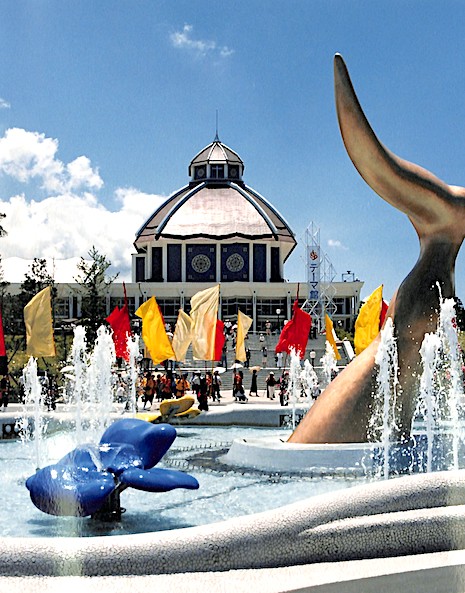
The very beginning of the exposition was a simple agenda item raised in a meeting between Isamu Imoto, the then Governor of Saga Prefecture and some well-known ceramists of the region. They proposed to send an invitation to hold a regular general meeting of the International Academy of Ceramics (IAC) in Saga. The IAC is a global ceramics organization located in Geneva, Switzerland, with the aim of international exchange and the development of ceramics and industry, and since 1954 has held a biennial general meeting.
In 1991, in response to the request, Saga Prefecture considered plans including an international ceramic festival for the general public; in 1992, a Preparatory Committee was set up, and in 1993, an Executive Committee started work. Shigeomi Hirano was appointed as the Director, and after obtaining approval for Japan Expo under the Specific Regional World Exposition Program promoted by the former Ministry of International Trade and Industry, the exposition was held as the sixth in Japan, and the first international exposition in the Kyushu region.*4
Following the great success of the Osaka 1970 Japan World Exposition, and the Kobe Port Island 1981 Portopia World Exposition, the 1980s saw regional expositions come to life. However, in the 1990s, affected by the sluggish Japanese economy, the number of visitors to expositions was also disappointing. Against such a gloomy background, the 1996 World Ceramics Exposition launched innovative projects to create new values in the region; this was unlike the previous regional expositions that were more trade fairs focusing on local special products and tourist resources.*5
The main venues were the Arita site and the Kyushu Ceramic Museum, with a theme hall and a variety of pavilions. In the Yoshinogari site, visitors experienced ancient ceramics, and satellite venues were set up in Saga, Karatsu, Imari, and Takeo cities and elsewhere in the prefecture. The International Academy of Ceramics (IAC) Japan Conference was hosted in the Takeo City Cultural Hall.
The theme hall held a spectacular screening introducing Arita porcelain with fantastic music and stunning holograms; a theater event showcasing the works by 35 living national treasures (32 ceramists and 3 organizations); and a display of their works in the Glory of Contemporary Ceramics Exhibition. In the technology and nature zone, the pavilions of leading companies such as Toyota, Ricoh, and Hitachi were very popular. In this zone, the folklore tale “The Defeat of the Giant Serpent from Mt. Kurokami” was acted out by beautiful Arita porcelain dolls moved by cutting-edge animatronics, and was much talked about. Today the show can still be seen in the traditional culture exchange plaza Arita-Kan.
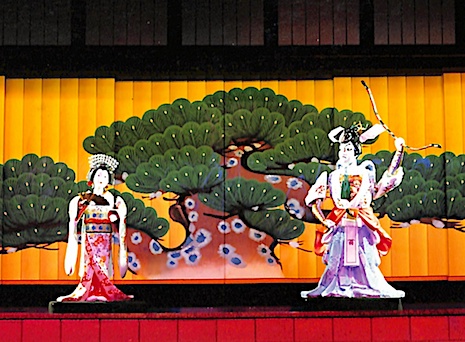
In collaboration with the neighboring Fukuoka and Nagasaki Prefectures, and with the slogan, “Total participation of our residents,” planning ideas for the exposition were broadly welcomed from the local people; a regular countdown from two years, 500 days and one year to go, kept the project fired up. During the exposition period, Matsuura Railway (MR) opened a temporary World Ceramics Exposition Station. From July 12 to 14, one week before the opening, a torch flame relay traced its way through Fukuoka, Saga, and Nagasaki.
Moreover, during the exposition period, Arita Town became a friendship city with Jingdezhen City, China, and as a friendly organization, made links with the Korea Ceramics Cultural Association and the Japan-Korea Ceramics Industry Goodwill Society, deepening the region’s interchanges with Asia.
Pieces from major ceramic museums all over the world were gathered together to make up the Civilization and Ceramics Exhibition held in the Kyushu Ceramic Museum concurrently with the display of works by living national treasures. These outstanding exhibits not only greatly pleased the connoisseurs, but also everyone young and old alike learned all about and enjoyed ceramic culture. As an event themed with pottery and porcelain, the exposition was a fantastic success and as seen by the attendance figures really caught the public imagination.
A woman who in her student days danced as a fire fairy on a stage event of the World Ceramics Exposition commented:
“At that time, I was embarrassed to death with dancing in public. But looking back, it’s a precious memory. Later on, I know ceramic sales were difficult, and I left my hometown after graduation, because I didn’t want to see the town declining. But I came back about five years ago, and I realized my town with its traditions is actually a good place to live. It will be great if there is a place where elementary and junior high school students get close to local history, and adults and children talk together about ceramics.”
In 2017, now the 400th anniversary celebration projects have been successfully concluded, across town on the stage of the World Ceramics Exposition-Memorial Hall, a new musical is taking shape, starring the local people and their unique culture, and so it is that Arita’s long history of monozukuri (art of manufacturing) and the daily life of residents of the town still continue to evolve and intertwine.
- *1 Explanatory material of the World Ceramics Exposition-Memorial Hall Musical, 2016
- *2 World Ceramics Exposition in Saga Executive Committee, “The World Ceramics Exposition in Saga Official Guidebook” 1996, Saga Shimbun
- *3 Foreword by Shigeomi Hirano (Director) in “The World Ceramics Exposition in Saga Official Record” 1997, Nishinippon Shimbun
- *4 Regional international exhibitions under the Specific Regional World Exposition Program promoted by the former Ministry of International Trade and Industry were referred to as “Japan Expo.” A total of 12 expositions were held all over Japan, ending in 2001 and the media once reported the “End of the Expo boom” but in December 2016 the Ministry of Economy, Trade and Industry established the 2025 World Exposition Study Meeting.
- *5 Koichi Kobayashi “International Expositions and the Regional Policy of Host Cities: Development of International Expositions and Their Expansion in Japan” 2005, Center for Japanese Studies, Fudan University
